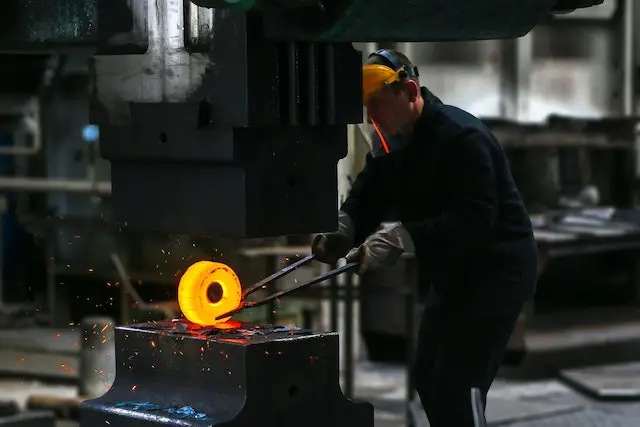Theme:
- The ‘Make in India’ program was launched in 2014 to transform India into a manufacturing hub.
Achievements of the ‘Make in India’ program:
- With the launch of Make in India, rules and policies are simplified. Now it is much easier to start a company in India. That means Red tape is reduced.
- India ranked 63rd out of 190 countries in the last World Bank’s Ease of Doing Business Index 2020. In 2016, India ranked 130th.
- Make in India program attracted Foreign Direct Investment (FDI) to India. FDI Equity inflow in Manufacturing Sectors has increased by 76% in FY 2021-22 (USD 21.34 billion) compared to the previous FY 2020-21 (USD 12.09 billion).
- The India Cellular & Electronics Association (ICEA) in 2018 stated that due to the manufacturing of domestic mobile handsets and components, the country has saved a whopping INR 3 lakh crore rupees of possible outflow in the last four years. This money was saved as the domestically manufactured and assembled handsets replaced the import of completely built units (CBUs). This also provided employment opportunities to approximately 4.5 lakh people.
- India has emerged as the second-largest mobile phone manufacturer in the world with a 126% jump in production from the financial year 2021-2022, shows government data.
- The make in India program has pushed Self-reliance in the defence sector. As of 2021, India’s defence and aerospace manufacturing market has increased to worth Rs 85,000 crore with a private investment of Rs 18,000 crore. Our defence exports increased to Rs 5,711 crore in 2020-21.
- India had come a long way in the Global Innovation Index (GII) from the 81st rank in 2015 to the 40th rank in 2022.
- The program created new employment opportunities.
- There is a boom of startups in India after launching Make in India. As of 2022, India has more than 100 unicorns (startups with a US$1 billion valuation or above).
- Several big multinational companies started their manufacturing units in India.
Challenges:
- Though improved, the ease of doing business in India is not up to the mark. Private firms, especially larger firms are complaining about regulatory obstacles.
- There is a shortage of skilled manpower in India. Though the situation has improved, still there is a gap between the demand and supply of skilled manpower.
- Though many industries are planned to be set up and inaugurated, many of those projects are not implemented yet.
- Many workers in India’s manufacturing companies are getting very low wages.
Conclusion:
The ‘Make in India’ program is a success in creating a favourable environment for manufacturing companies. Its effect on the Indian economy is clearly visible. The program is helping India in achieving self-sufficiency.
Your Turn…
What’s your take on the ‘Make in India’ program? Express your thoughts through the comment section below. And subscribe to our blog to read answers to the trending GD topics.
Photo by Kateryna Babaieva
Copyright @ Group Discussion Ideas.

